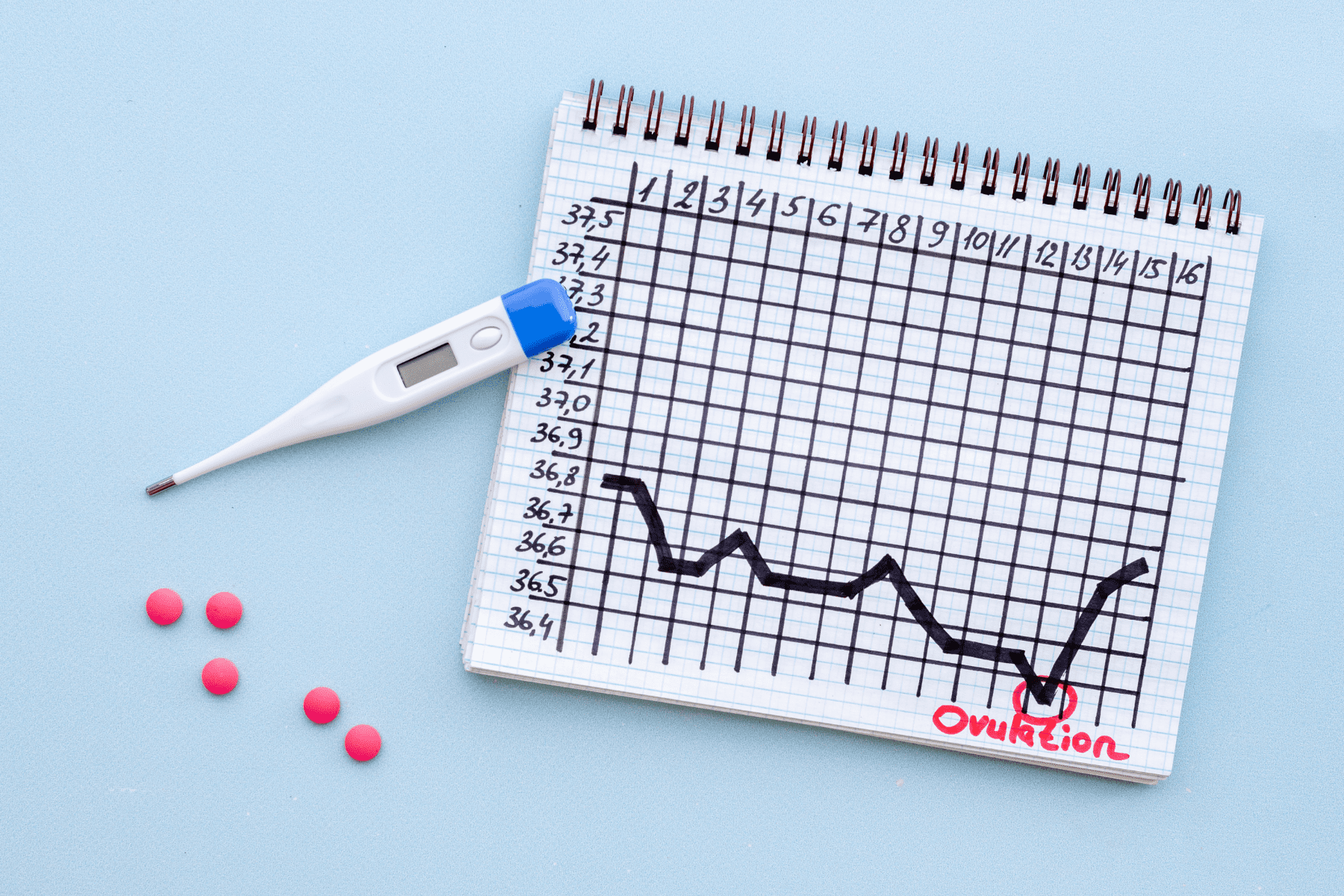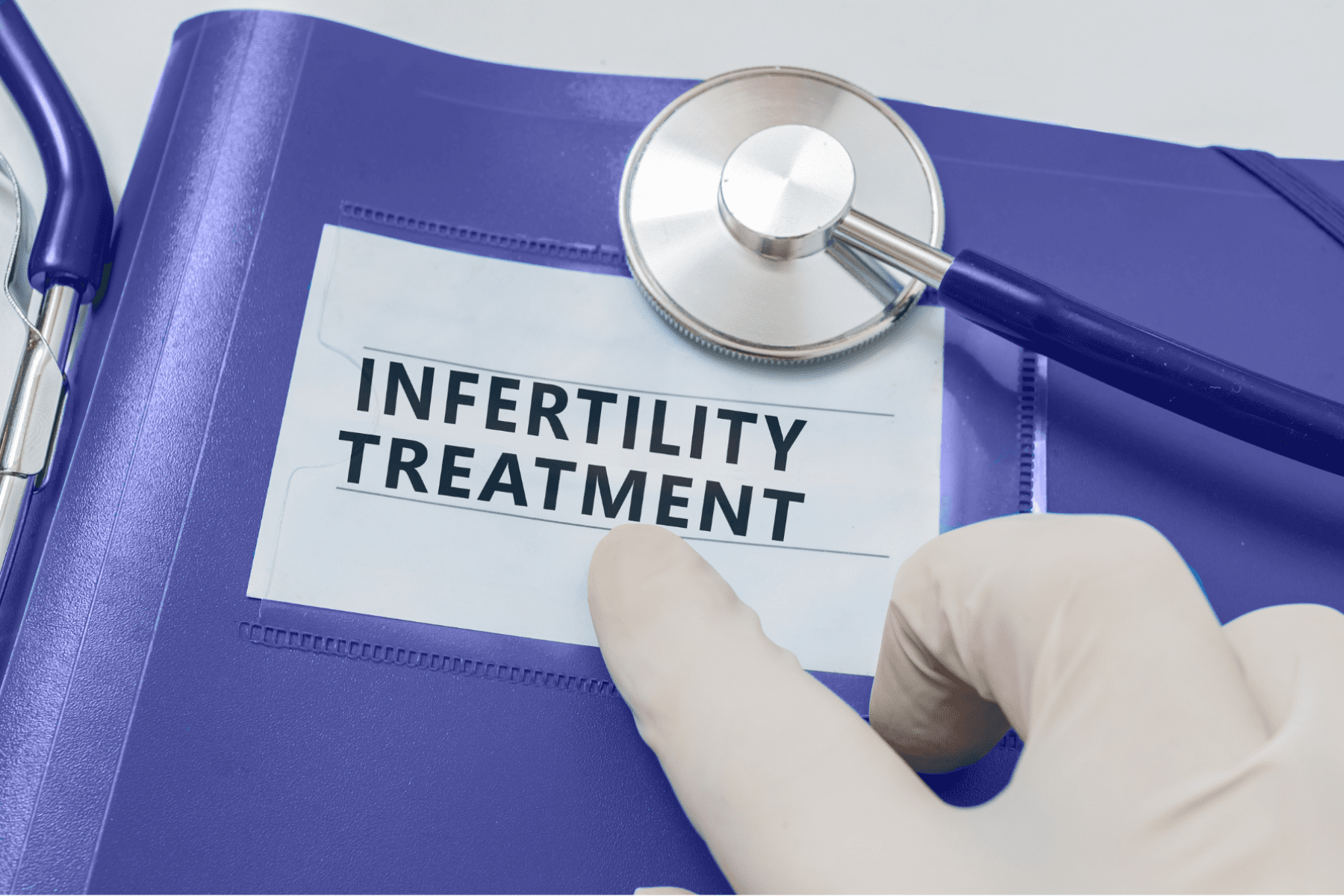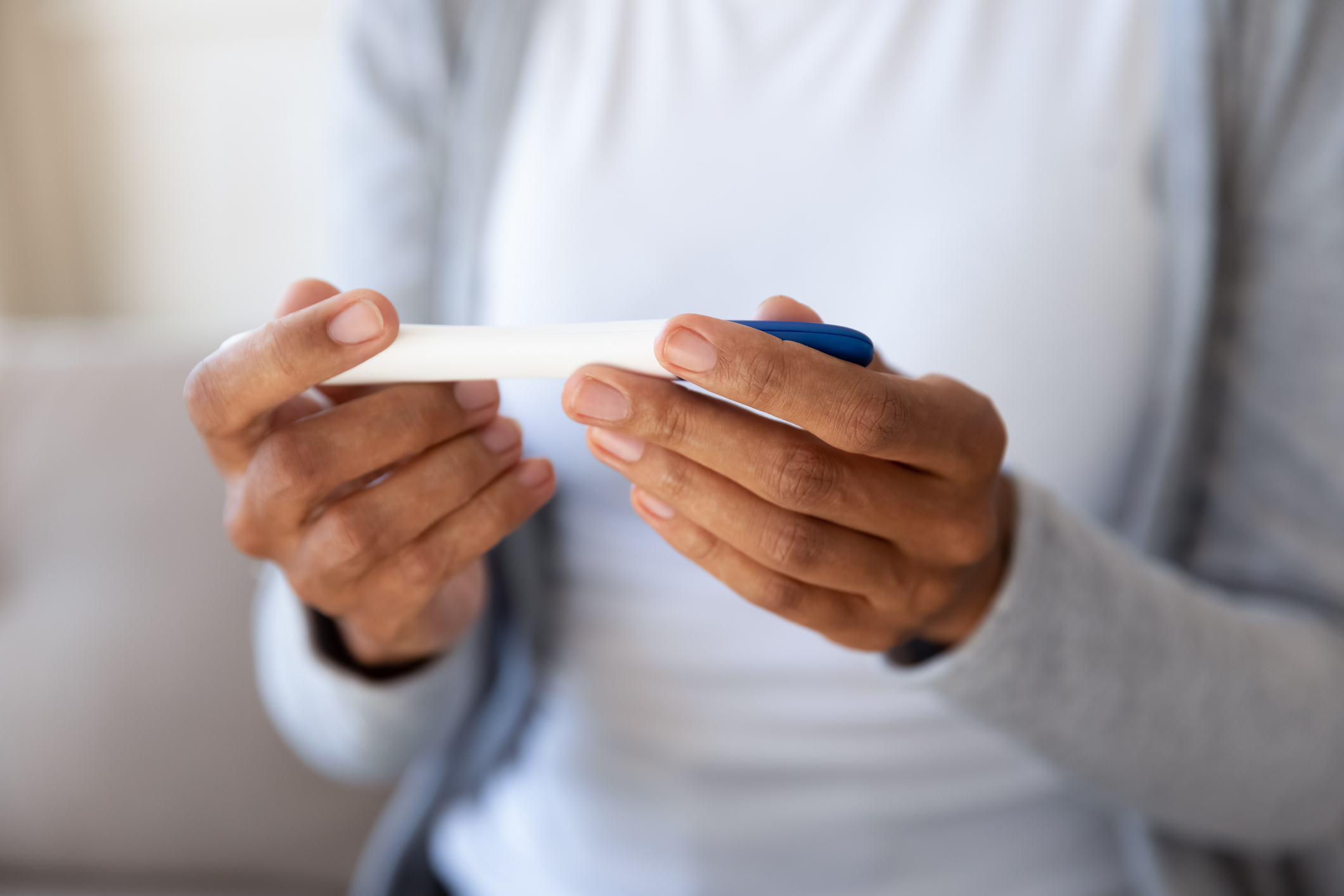Addiction to illicit substances and prescription medications can have a severe impact on the fertility and reproductive function of both men and women. In many cases, negative effects can often be reversed once the individual is no longer abusing chemical substances, but in some cases reproductive damage can be permanent.
Additionally, addiction isn’t just a problem that may lead to decreased fertility, but addiction can also negatively impact an ongoing pregnancy. Therefore, clinicians should thoroughly counsel women at increased risk of complications during fertility treatment or pregnancy, and encourage patients to modify habits involving alcohol abuse, smoking, opioid abuse and dependence, as well as prescription drug abuse.
Compared with men, at-risk alcohol use by women has a disproportionate effect on their health, including reproductive function and pregnancy outcome. Current recommendations of the American College of Obstetrics and Gynecology warn against any alcohol use during pregnancy, calling prenatal exposure to alcohol the leading preventable cause of birth defects and intellectual disabilities in children.
In addition, the Surgeon General advises that pregnant women should not drink any alcohol. However, a growing body of data also suggests that alcohol abuse has a negative impact on women trying to get pregnant as well. The National Institute on Alcohol Abuse and Alcoholism defines excess drinking for healthy women as more than three drinks per occasion, or more than seven drinks per week, and any amount of drinking for women who are at risk of pregnancy.
A Danish study, published nearly a decade ago, found that women’s alcohol intake was associated with a reduced chance of conception, especially among women who drank five or more drinks per week. Epidemiologic data published in the 1990’s suggested an increase in ovulatory factor infertility associated with alcohol abuse in a case-control study. Becker, et al. reported that alcoholic women experienced higher frequencies of menstrual disturbance, abortion, and miscarriage as compared to controls.
More recently, the British Medical Journal published a review of previous studies that attempted to draw an association between alcohol use and infertility. Women in the highest alcohol consumption group had a significant decrease in the probability that they would conceive, compared to women with no alcohol.
However, they concluded that although it remains sensible to cut out alcohol when trying to conceive, total abstinence may not be necessary to maximize conception, particularly if alcohol is consumed moderately. Nonetheless, in the specific setting of IVF, a 2011 study out of Brigham and Women’s Hospital and Harvard Medical School concluded that the consumption of as few as four alcoholic drinks per week in women resulted in a 16% decrease in live birth rate from IVF.
The data on effects of smoking on reproduction are more clear-cut. In fact, the overwhelming body of literature strongly supports an association between cigarette smoking and infertility. Still, while the general population in the U.S. has knowledge of the ill effect of smoking on overall health, the impact of smoking on fertility, may not be as well-known.
A survey of female employees of a Connecticut hospital were unfamiliar with the reproductive risks associated with smoking. Current estimates suggest that approximately 30% of reproductive age women, and 35% of reproductive age men in the U.S. smoke cigarettes. A number of studies have shown dose-dependent effect of smoking on fertility. One study showed that even at one-half pack per day, female cigarette consumption is consistently associated with decreased fecundity.
Other studies include comprehensive reviews as well as meta-analysis, and whether largely observational studies including diverse populations or more rigorous systematic literature reviews, all suggest a causal relationship between cigarette smoking and female infertility. On the positive side, however, an Oxford Family Planning Association study observed a return to normal fecundity in ex-smokers.
Further, several studies have looked at the particular effect of smoking and/or tobacco on various factors associated with fertility, and these have provided biologic plausibility for the adverse impact of smoking. Various toxins from tobacco have been identified in the ovary and in the follicular fluid of smokers.
Smoking has been associated with shorter menstrual cycle length. Active smoking was associated with increased failure to conceive with both 6-month and 12-month durations of study. The dose-dependent nature of the smoking effects suggests that smoking may accelerate follicular depletion and lead to one to four year earlier menopause in smokers versus nonsmokers.
In one study, basal FSH levels were 66% higher in active smokers than in nonsmokers and 39% higher in passive smokers than in non-smokers. Current smoking is also associated with lower anti-mullerian hormone (AMH) levels.
When the effects of smoking on the outcomes of fertility treatments on smokers were studied, the adverse impact of smoking is highly suggested. A meta-analysis that included seven studies looked at the success of a first IVF cycle and suggests that smokers require nearly twice the number of IVF cycles to conceive as compared to nonsmokers.
Other studies have shown that smokers require increased gonadotropin for ovarian stimulation, have lower peak E2 levels, elevated testosterone, fewer oocytes retrieved, and a higher number of cancelled IVF cycles. Overall, it appears that ART may not always be able to overcome the reduction in natural fecundity associated with smoking. However, the possibility of improved fertility that accompanies smoking sensation, may provide strong incentives for stopping among reproductive aged women.
Modest caffeine use appears to have negligible effect on fertility in most epidemiologic studies. However heavy caffeine intake, (500mg; > 5 cups of coffee/day or equivalent) has been associated with decreased fertility. In addition, high caffeine consumption (2-3 cups/day) during pregnancy, may be associated with an increased risk for miscarriage, though it did not appear to increase risk for congenital anomalies. Overall, moderate caffeine consumption (1 to 2 cups of coffee per day, or equivalent) before or during pregnancy has no apparent effects on fertility or pregnancy outcomes.
Marijuana, used recreationally, is currently still considered illegal in the U.S., though medical marijuana use is now legal in several states. According to the ASRM, such drug use generally should be discouraged for both men and women, particularly because of the well-documented harmful effects on the developing fetus.
Some studies also show a detrimental impact of marijuana use on fertility. One study found the prevalence of infertility was increased in ovulatory women who reported using marijuana. Further, another study that examined the effects of marijuana use in an IVF setting, found that women smoking marijuana for one year prior to IVF, had 25% fewer oocytes retrieved, and those that conceived demonstrated a significant decrease in infant birth weight.
Opioid abuse includes the use of heroin and the misuse of prescription opioid analgesic medication. An association between first-trimester use of codeine and congenital heart defects has been found in three of four case-control studies.
However, chronic untreated heroin use is associated with an increased risk of fetal growth restriction, placental abruption, fetal death, and preterm labor. Heroin withdrawal during pregnancy is also a risk for fetal death. Thus, the current standard for pregnant women with opioid dependence is referral for opioid-assisted therapy with methadone or buprenorphine. Sparse data exists on the direct effects of opioid addiction on fertility, apart from the known adverse outcomes in pregnancy.
Non-medical use of prescription drugs is the third most common drug category of abuse after marijuana and tobacco. Commonly abused prescription drugs include: opioids, sedatives, and stimulants, including barbiturates, and benzodiazepines. Data from the 2010 National Survey on Drug Use and Health report indicated that 7.6% of women reported ever having used tranquilizers and 2.4% reported ever having used sedatives.
Abuse of sedatives often occurs in conjunction with other substances or medications. The combination of sedatives with opioids can exacerbate the effect of the opioid and increase the risk of overdose. Stimulants, on the other hand, such as amphetamines and methamphetamines, are often prescribed for short-term management of weight loss. However non-medical use of stimulants is known to be most common among women younger than 50 years, and roughly 67% of women reported ever having used stimulants not prescribed to them.
Recognizing the potential for the abuse of these prescribed medications, the American College of Obstetricians and Gynecologists advocates for annual screening of all women with a validated questionnaire for the non-medical use of prescription drugs, and early counseling when abuse is suspected.
While the available data suggest that even moderate alcohol and caffeine intake may have adverse effects on fertility, the prudent advice is to limit both while attempting to conceive, but completely avoid alcohol once pregnancy begins. Smoking should be avoided altogether in order to preserve fertility and avoid a premature loss of ovarian potential. Similarly, various recreational drugs, and particularly opioid use and dependency, is strongly discouraged for couples trying to conceive.
Medical contribution by Jane Nani, M.D.
Dr. Jane Nani is board certified in Obstetrics and Gynecology and in Reproductive Endocrinology and Infertility (REI), and has been practicing medicine since 1996.







